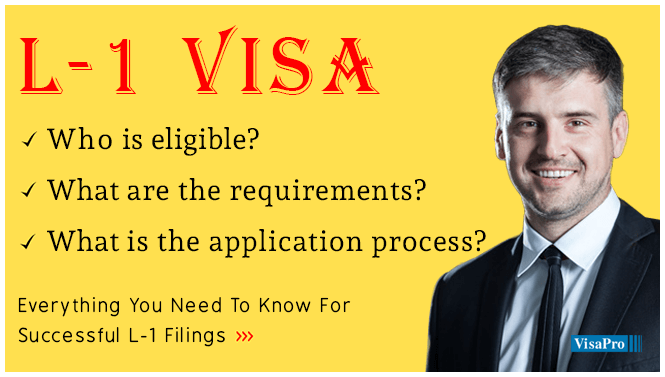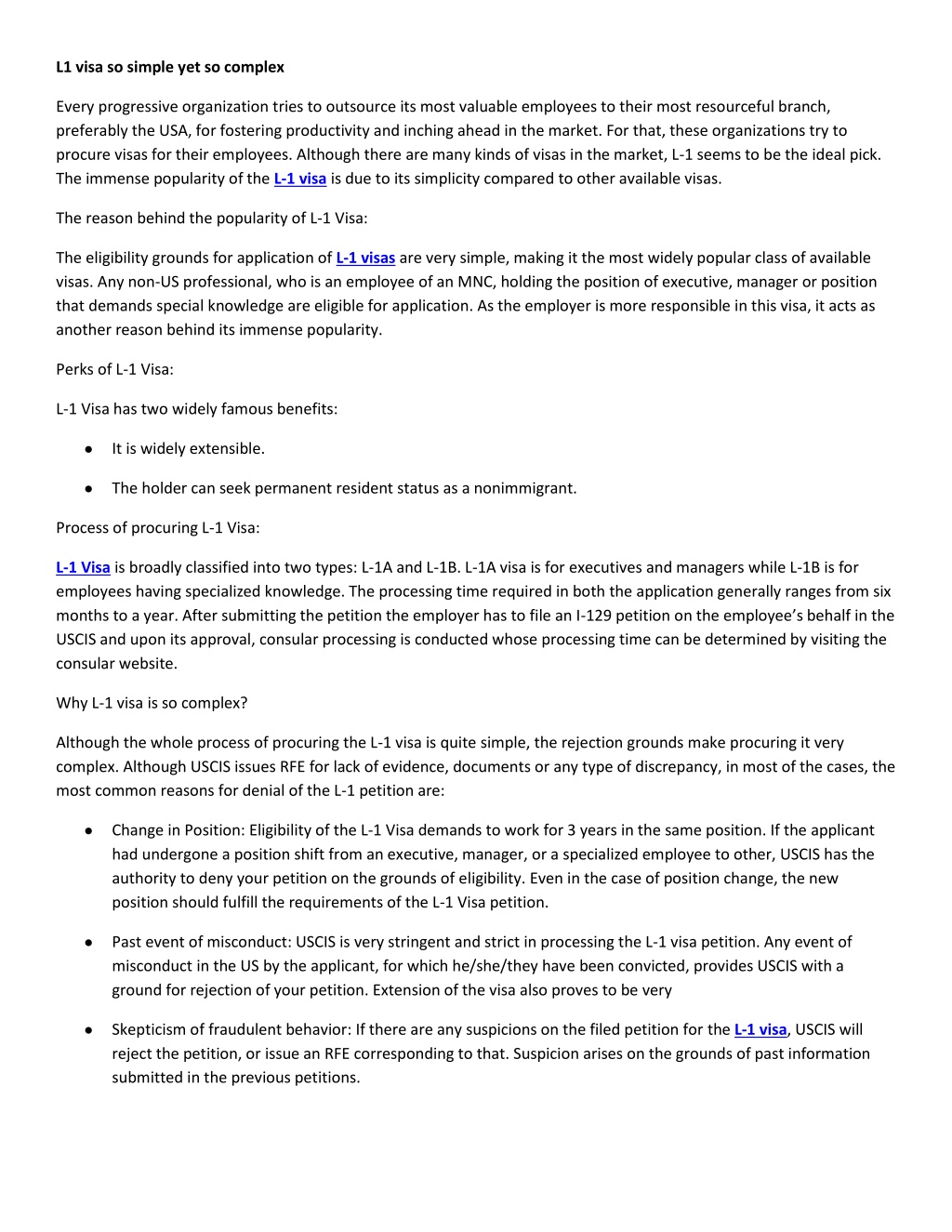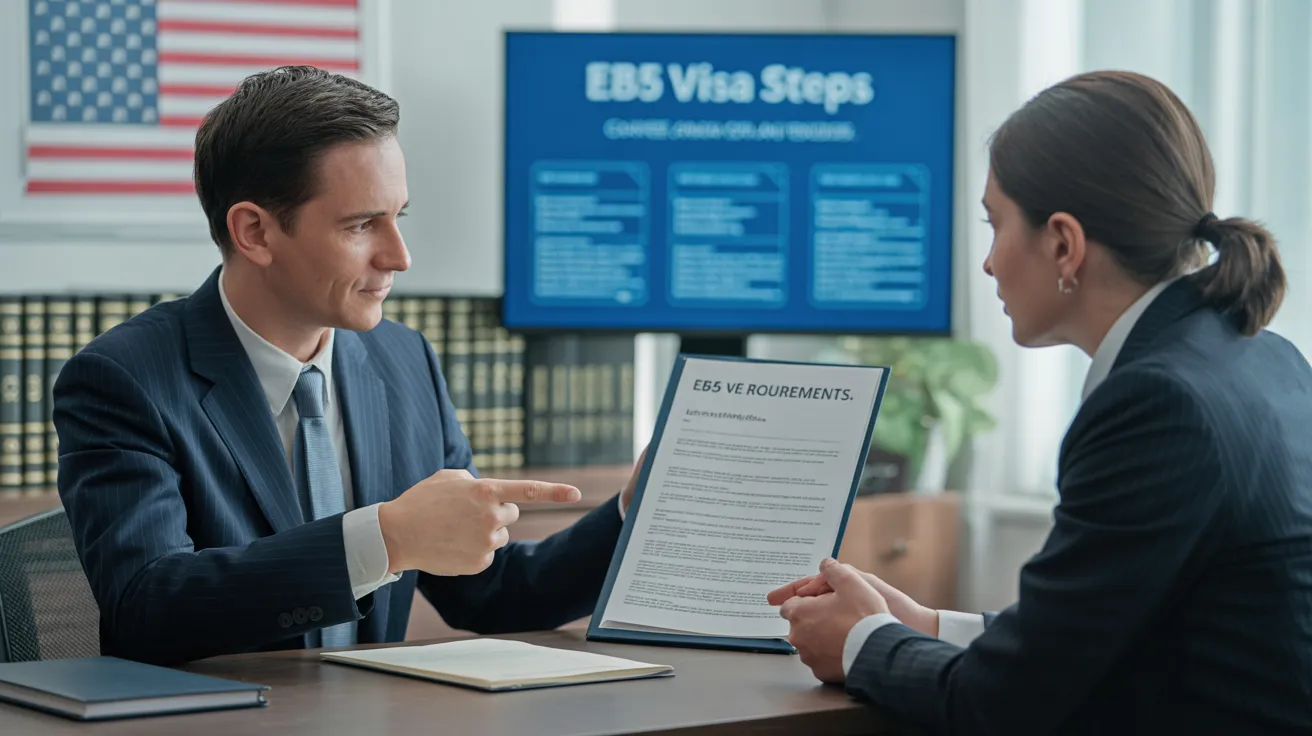L1 Visa Process
Wiki Article
The Only Guide for L1 Visa
Table of ContentsThe Definitive Guide for L1 VisaGet This Report about L1 VisaAbout L1 VisaL1 Visa Can Be Fun For EveryoneL1 Visa - The FactsL1 Visa - An Overview
Readily Available from ProQuest Dissertations & Theses Global; Social Science Premium Collection. DHS Office of the Assessor General. Obtained 2023-03-26.
United State Department of State. Obtained 2023-02-08. Tamen, Joan Fleischer (August 10, 2013).
The L1 Visa Ideas
In order to be qualified for the L-1 visa, the international business abroad where the Recipient was employed and the united state company have to have a qualifying relationship at the time of the transfer. The various kinds of certifying connections are: 1. Parent-Subsidiary: The Parent implies a firm, firm, or various other lawful entity which has subsidiaries that it owns and controls."Subsidiary" implies a firm, firm, or various other lawful entity of which a parent owns, directly or indirectly, more than 50% of the entity, OR owns much less than 50% yet has management control of the entity.
Business A has 100% of the shares of Company B.Company A is the Parent and Company B is a subsidiary. There is a certifying relationship in between the 2 firms and Company B need to be able to sponsor the Beneficiary.
Business A has 40% of Business B. The remaining 60% is possessed and managed by Company C, which has no connection to Company A.Since Business A and B do not have a parent-subsidiary connection, Business A can not sponsor the Recipient for L-1.
Firm A possesses 40% of Business B. The staying 60% is had by Company C, which has no relationship to Business A. Nonetheless, Firm A, by formal contract, controls and complete takes care of Company B.Since Firm An owns less than 50% of Business B however takes care of and controls the company, there is a certifying parent-subsidiary partnership and Company A can sponsor the Beneficiary for L-1.
More About L1 Visa
Company B is integrated in the U.S.Some Known Incorrect Statements About L1 Visa

The L-1 visa is an employment-based visa category developed by Congress in 1970, permitting international companies to transfer their managers, execs, or vital personnel to their U.S. operations. It is typically described as the intracompany transferee visa. There are 2 primary sorts of L-1 visas: L-1A explore your L1 Visa and L-1B. These kinds are suitable for employees worked with in different positions within a company.

Additionally, the recipient needs to have operated in a managerial, executive, or specialized worker placement for one year within the three years coming before the L-1A application in the foreign company. For brand-new office applications, international work must have remained in a supervisory or executive capability if the beneficiary is involving the United States to work as a manager or exec.
Things about L1 Visa

If provided for an U.S. business functional for greater than one year, the preliminary L-1B visa is for approximately three years and can be expanded for an added two years (L1 Visa). Alternatively, if the united state company is newly developed or has actually been operational for less than one year, the first L-1B visa is provided for one year, with extensions available in two-year increments
The L-1 visa is an employment-based visa classification developed by Congress in 1970, permitting international firms to transfer their supervisors, executives, or key employees to their U.S. operations. It is typically referred to as the intracompany transferee visa.
An Unbiased View of L1 Visa
In addition, the beneficiary must have worked in a supervisory, exec, or specialized staff member placement for one year within the three years preceding the L-1A application in the international firm. For new office applications, L1 Visa attorney international employment needs to have been in a supervisory or executive capability if the recipient is involving the USA to work as a supervisor or exec.for as much as 7 years to supervise the operations of the U.S. affiliate as an executive or manager. If issued for an U.S. company that has been operational for more than one year, the L-1A visa is at first approved for as much as three years and can be prolonged in two-year increments.
If approved for an U.S. firm operational for greater than one year, the initial L-1B visa is for up to 3 years and can be expanded for an added 2 years. Alternatively, if the united state business is newly established or has been operational for much less than one year, the first L-1B visa is provided for one year, with extensions readily available in two-year increments.
Report this wiki page